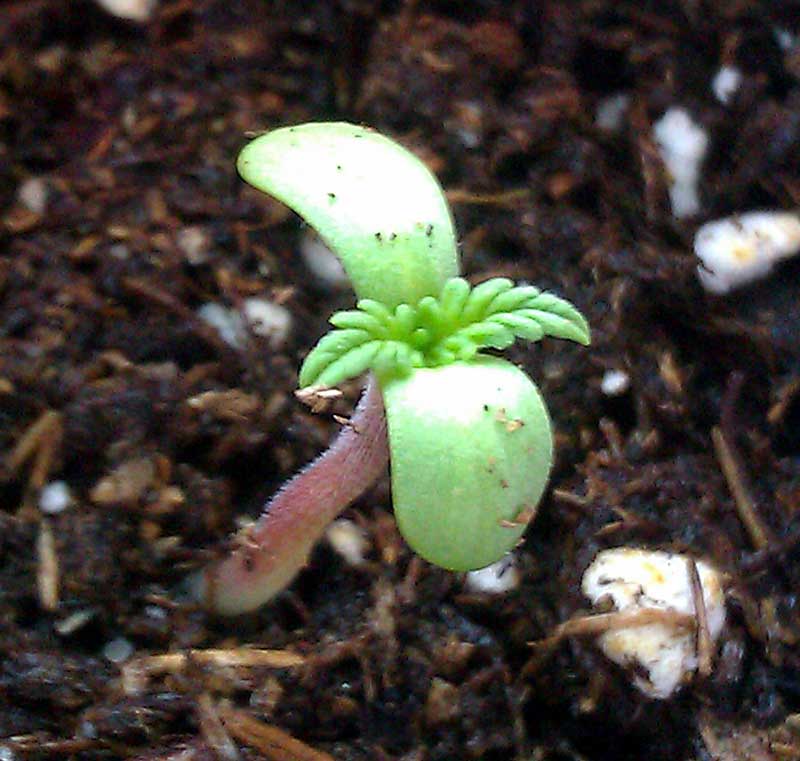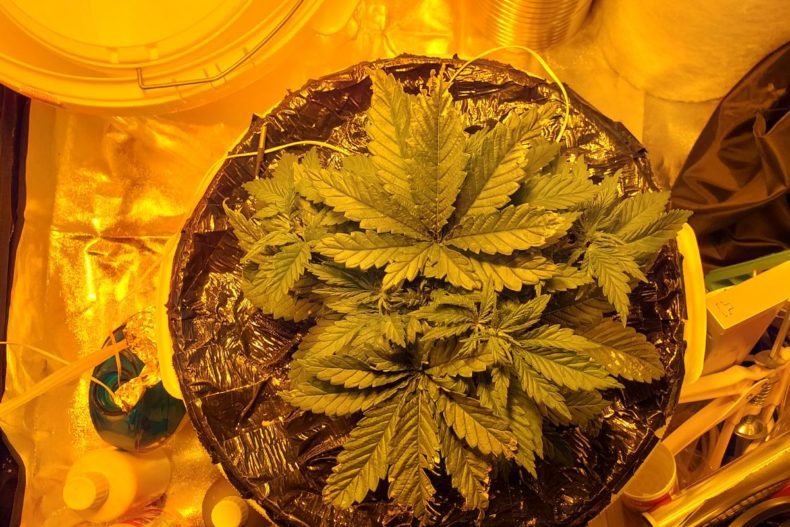In the realm of horticulture, the cultivation of weed plants from seeds holds a captivating allure for home enthusiasts and seasoned gardeners alike. Whether you seek a bountiful harvest for medicinal purposes, recreational enjoyment, or a connection with nature’s medicinal offerings, understanding the art of seed germination and subsequent plant care is paramount. This comprehensive guide will empower you with the knowledge and practical steps necessary to nurture a thriving weed garden from the humble beginnings of a seed.

Image: www.growweedeasy.com
1. Seed Selection: A Foundation for Success
Choosing the right seeds is a crucial step in your cannabis cultivation journey. Consider the desired plant characteristics, such as potency, flavor profile, and growth pattern. Research reputable seed banks and select strains from experienced breeders. High-quality seeds boast superior genetics and germination rates, increasing your chances of a successful crop.
2. Germination: Nurturing Life from Dormancy
To germinate your seeds, you’ll need a moist environment that mimics the natural conditions they encounter in soil. Several methods are available:
- Paper Towel Method: Place seeds between moistened paper towels and store in a warm, dark location (70-85°F). Check daily for signs of germination (emerging root).
- Rooting Cubes: Use pre-made rooting cubes or small pots filled with a seed-starting mix. Sow seeds shallowly and keep moist.
- Direct Sowing: Plant seeds directly into their final container filled with a well-draining potting mix. Maintain consistent moisture levels.
3. Seedling Care: Guiding the Path to Maturity
Once your seeds germinate, providing optimal conditions for seedling development is essential:
- Light: Provide 18 hours of daily light using grow lights or natural sunlight (if available).
- Water: Water seedlings sparingly, allowing the soil to dry slightly between watering sessions.
- Temperature: Maintain a steady temperature range of 70-85°F.
- Humidity: Aim for a humidity level of around 60%, using a humidifier or humidity dome if necessary.

Image: theindoornursery.com
4. Transplanting: Establishing a Permanent Home
When the seedlings have developed a few sets of true leaves (not seed leaves) and are approximately 3-4 inches tall, they are ready for transplantation.
- Prepare larger containers filled with high-quality potting soil or transplant into an outdoor garden.
- Dig a hole large enough to accommodate the roots without bending or coiling.
- Gently remove the seedling from its current container and loosen any entangled roots.
- Plant the seedling at the same depth it was in previously.
5. Outdoor Cultivation: Embracing Nature’s Elements
For outdoor cultivation, choose a sunny location with well-drained soil. Amend the soil with organic matter to improve fertility. Water the plants deeply when the soil feels dry to the touch. Protect the plants from strong winds, pests, and extreme weather conditions.
6. Indoor Cultivation: Controlled Environment, Optimum Results
Indoor cultivation offers greater control over environmental factors, leading to higher yields and consistent harvests. Set up a grow tent or room with grow lights, a ventilation system, and environmental controls (temperature, humidity). Monitor the plants closely and adjust conditions as needed.
7. Nutrient Management: Feeding Your Cannabis
Provide your plants with a balanced diet of essential nutrients. Use organic or synthetic fertilizers specifically designed for cannabis. Follow the manufacturer’s instructions carefully and avoid over-fertilizing, which can damage the plants.
8. Pruning and Training: Shaping and Optimizing
Regular pruning and training techniques can enhance plant structure, improve light penetration, and increase yields. Top the plants (remove the top growing tip) to encourage lateral branching. Remove excess leaves to promote airflow and minimize moisture buildup.
9. Monitoring and Troubleshooting: Prevention and Resolution
Observe your plants regularly for signs of pests, diseases, or nutrient deficiencies. Treat problems promptly using appropriate methods. Maintain proper environmental conditions and avoid stress factors that can weaken the plants.
10. Harvesting Time: Reaping the Rewards
The optimal time to harvest your weed plants is when the majority of the trichomes (resin glands) have turned from clear to cloudy or amber in color. Cut the plants down and hang them upside down in a dark, well-ventilated area for drying. After drying, cure the buds for several weeks in airtight containers to enhance their flavor and potency.
How To Start A Weed Plant From Seed
Conclusion
Cultivating weed plants from seeds is a rewarding and fulfilling experience that yields both medicinal and recreational benefits. By following the steps outlined in this comprehensive guide, you will empower yourself with the knowledge and skills necessary to germinate seeds, nurture seedlings, transplant successfully, provide optimal care, and ultimately reap a bountiful harvest. With patience, dedication, and a touch of green thumb magic, you can unlock the secrets of cannabis cultivation and enjoy the fruits of your labor—buds that deliver joy, relief, or simply a deep connection with nature’s medicinal wonders.


/GettyImages-1303637-two-way-mirror-57126b585f9b588cc2ed8a7b-5b8ef296c9e77c0050809a9a.jpg?w=740&resize=740,414&ssl=1)


